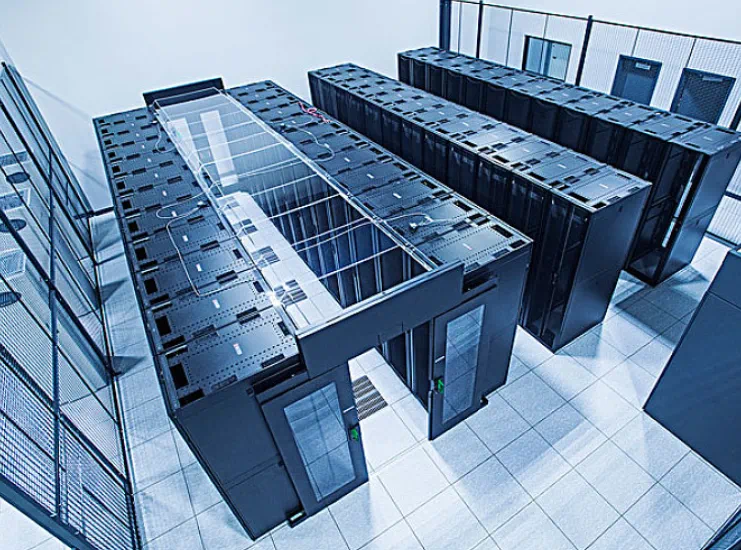1. Long construction period
The construction period of a traditional data center is usually divided into the decision-making stage, the implementation preparation stage, the implementation stage and the commissioning and completion stage based on the actual situation of the project. The entire construction period is approximately 400 days.
2. Poor scalability
The initial construction of a computer room is usually based on the analysis of future business needs, and the system capacity is planned according to the worst-case scenario. However, with the rapid development of information nowadays, we are unable to predict the situation three to four years from now, which leads to insufficient or excessive construction of computer room capacity. Therefore, the ability to expand is very important for adaptability.
3. High energy consumption
The operation of data centers requires a large amount of electricity. Traditional computer room construction has not well considered the issues of power consumption, cooling, and air flow management. The energy efficiency indicators of many data centers are relatively high, and they use environmental power equipment with higher reliability in the conventional sense. This means that about half of the energy used by data centers is consumed by IT loads. The other half is consumed on the network's critical physical infrastructure, including power supply equipment, cooling equipment and lighting facilities.
4. The operation and maintenance of the computer room is difficult
IT operation and maintenance is facing many problems and is trapped in the predicament of low service quality and unable to extricate itself: extensive operation and maintenance, unclear resource ledgers; Coupled with the rotation of operation and maintenance personnel, they do not understand all IT resources, and management is out of the question. The lack of a unified service interface person leads to confusion in fault response and fault handling tracking. System operation and maintenance optimization requires IT personnel to accumulate a large amount of data and reports to draw conclusions, but IT is difficult for daily IT operation and maintenance management to effectively statistically analyze these data.









 Home
Home